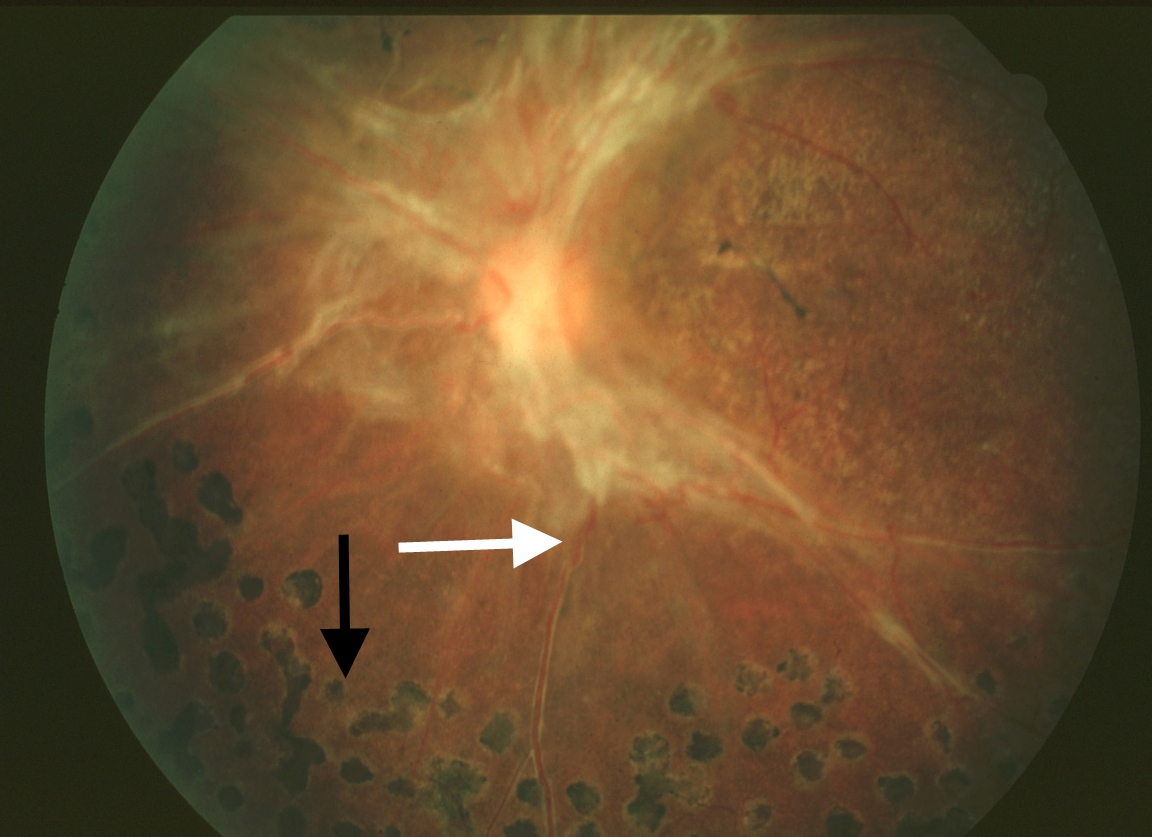

Evaluation of retinal detachment after diabetic vitrectomy: causes and ways of management. Advantages of diabetic tractional retinal detachment repair. Sternfeld A, Axer-Siegel R, Stiebel-Kalish H, Weinberger D, Ehrlich R. Predictive clinical features and outcomes of vitrectomy for proliferative diabetic retinopathy. Yorston D, Wickham L, Benson S, Bunce C, Sheard R, Charteris D. Bimanual microincision vitreous surgery for severe proliferative diabetic retinopathy: outcome in more than 300 eyes. Shroff CM, Gupta C, Shroff D, Atri N, Gupta P, Dutta R. Retrospective study that demonstrated favorable anatomical and visual outcomes following small gauge vitrectomy surgery for complex tractional retinal detachments. Outcomes of vitrectomy for diabetic tractional retinal detachment in Chicago's county health system. Sokol JT, Schechet SA, Rosen DT, Ferenchak K, Dawood S, Skondra D.

Surgical outcomes of 25-gauge pars plana vitrectomy for diabetic tractional retinal detachment. Comparison of retinal breaks observed during 23 gauge transconjunctival vitrectomy versus conventional 20 gauge surgery for proliferative diabetic retinopathy. Bevacizumab prior to vitrectomy for diabetic traction retinal detachment. Two-year course of visual acuity in severe proliferative diabetic retinopathy with conventional management: diabetic retinopathy vitrectomy study report #1. 2006 26(2):149–52.ĭiabetic Retinopathy Vitrectomy Study Research Group. Incidence of rhegmatogenous retinal detachment after vitrectomy in eyes of diabetic patients. Multicenter retrospective study that demonstrated the favorable safety profile of 27g vitrectomy for posterior segment disease.

Long-Term Visual Outcomes and Safety Profile of 27-Gauge Pars Plana Vitrectomy for Posterior Segment Disease. The natural history of diabetic extramacular traction retinal detachment. All-probe vitrectomy dissection techniques for diabetic tractional retinal detachments: lift and shave. Outcomes of 27 gauge microincision vitrectomy surgery for posterior segment disease. Pars plana vitrectomy, phacoemulsification and intraocular lens implantation: comparison of clinical complications in a combined versus two-step surgical approach. Tractional retinal detachment following intravitreal bevacizumab (Avastin) in patients with severe proliferative diabetic retinopathy. Microincision vitrectomy surgery and intravitreal bevacizumab as a surgical adjunct to treat diabetic traction retinal detachment. Vitrectomy for diabetic traction retinal detachment involving the macula. Current management of diabetic tractional retinal detachments. Diabetic retinopathy -incidence and risk factors in a community setting- a longitudinal study. Shani M, Eviatar T, Komaneshter D, Vinker S. National Diabetes Statistics Report 2020: Estimates of diabetes and its burden in the United States. Small gauge instrumentation allows for precise and controlled fibrovascular membrane removal and relief of traction, providing excellent reattachment rates and limiting post-operative complications. Proper preoperative planning is essential to minimize intraoperative complications of TRD repair. Although anatomical and visual acuity outcomes of TRD repair have greatly improved over the past 4 decades, further research is needed to reduce post-operative complications and improve final visual acuity. The use of small gauge microincisional vitrectomy systems, enhanced visualization, anti-VEGF, and optimized instrumentation and surgical techniques have revolutionized the treatment and outcomes of TRD repair. They account for 40% of all vitrectomies in patients with proliferative diabetic retinopathy. Tractional retinal detachment is the leading cause of blindness in patients with diabetes. To review the diagnosis, surgical evaluation, surgical techniques, and outcomes of vitrectomy for tractional retinal detachments (TRDs) in patients with diabetes.


 0 kommentar(er)
0 kommentar(er)
